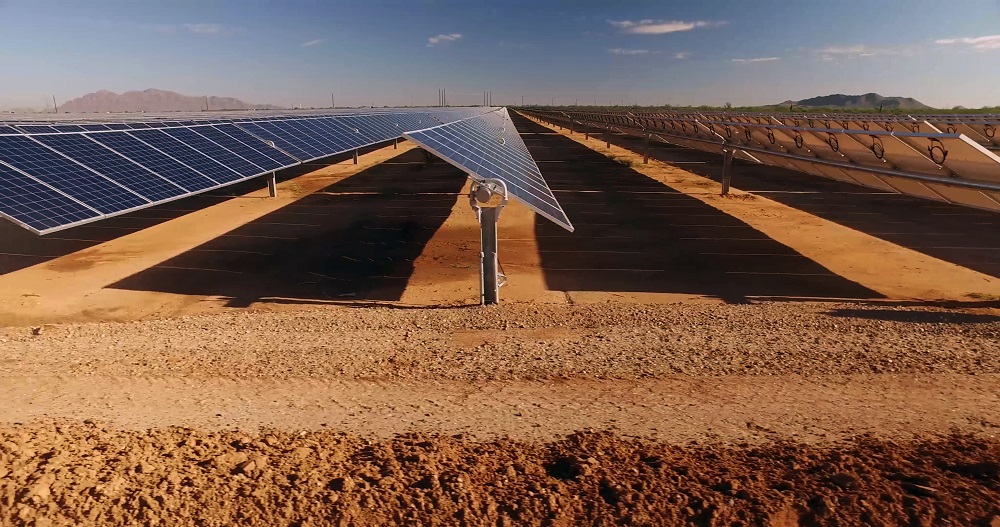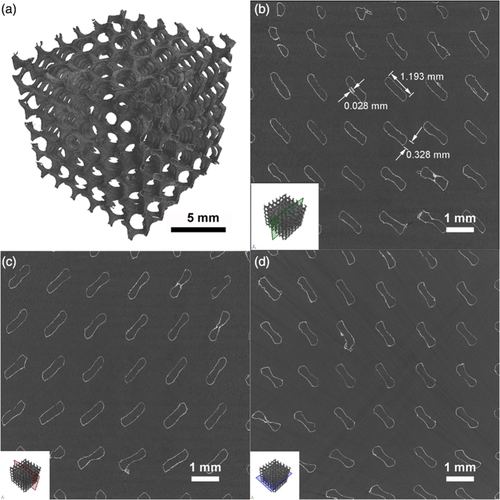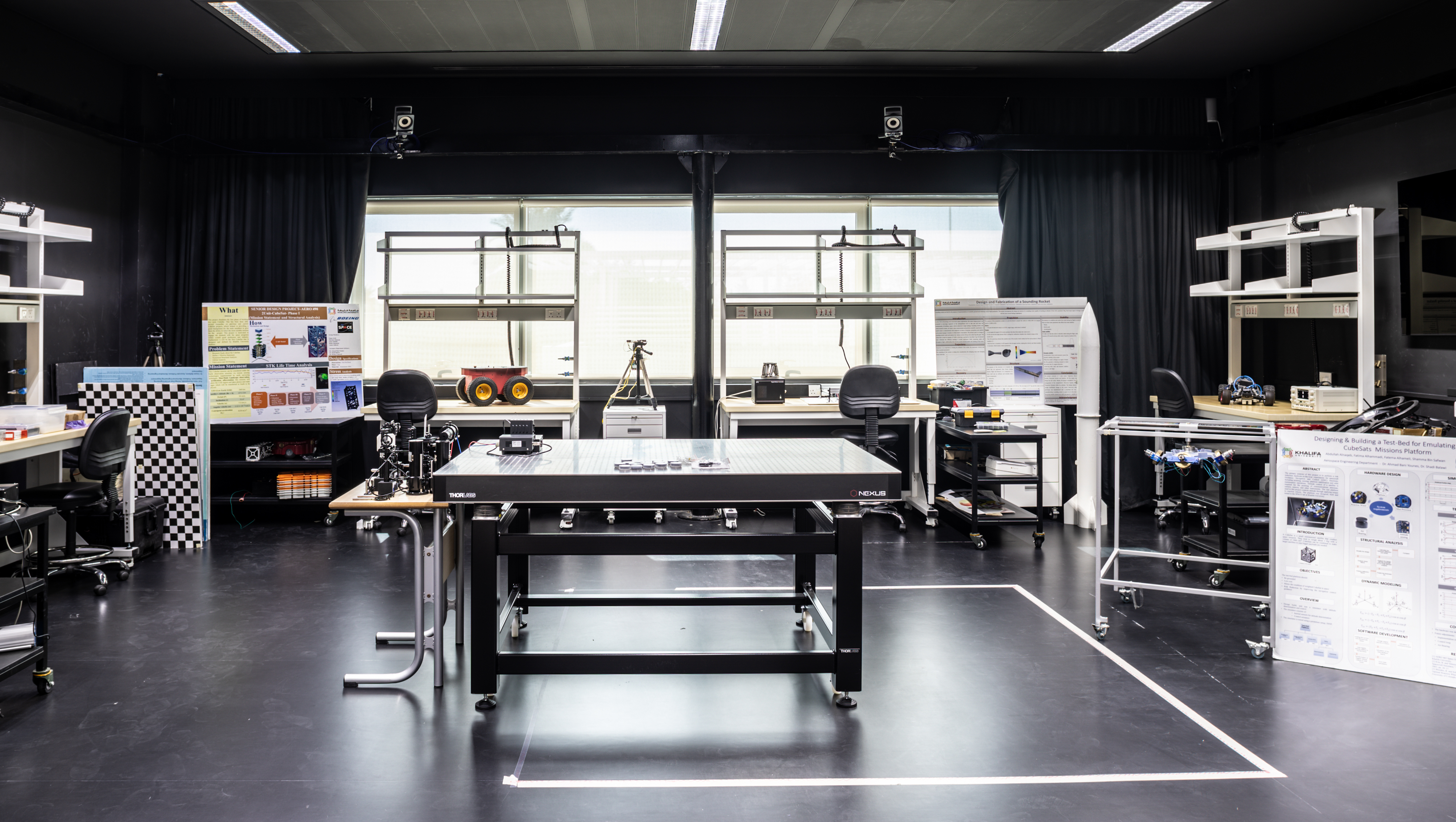
The success of solar power in arid regions is bound to the future reliability of solar resources. But arid regions could be among the most affected by solar intermittency under future climate.
Photovoltaic power is rapidly growing worldwide, becoming at the same time a more economically viable source of energy. This trend is particularly evident in arid and cloud-free regions like the UAE, which are seeing an even faster growth of solar power deployment and pursuing ambitious plans for the future.
The success of solar power in arid regions is bound to the future reliability of solar resources – which is traditionally ‘measured’ in terms of mean solar radiation trends. However, metrics based on mean solar radiation are not capable of providing a full picture of the problem. In particular, they are not able to capture the inherent spatial and temporal variability of solar resources. This is commonly known as solar intermittency.
A team of researchers from Nanjing University, Khalifa University and Princeton University has recently shown that arid regions could be among the most affected by solar intermittency under future climate. Their results were published in October 2020 in Nature Communications. In January, their paper was highlighted by the editors at Nature for its contribution to the field of Applied Physics and Mathematics.
“Arid, cloud-free regions of the World have a massive potential for solar energy production,” said Dr. Annalisa Molini, Associate Professor in Civil Infrastructure and Environmental Engineering at Khalifa University, and co-author of the study. “At the same time, we found that they are also the most susceptible to the fine-scale variability of solar resources – something that we call ‘solar intermittency. Solar intermittency is a measure of the variability of the radiation reaching the surface of our planet and which sustains solar power production.
“In our study, it is assessed through both remote sensing products and climate models. To map it, we used probabilistic methods similar to the ones that hydrologists use to evaluate the risk of floods or droughts.
“While investigating global intermittency patterns across different datasets and models, we found something quite interesting: the relation between solar intermittency and reliability varies across the different climatic zones of our planet and is strongly non-linear. This means that relatively small changes in the radiation that reaches the surface of our planet can produce significant changes in power reliability in some climatic regions.
“Among these, arid regions seem the most affected. Here, a small change in the input can produce large impacts on solar power reliability.”
One may wonder why.
“Climate models predict that arid regions such as the Middle East will have to rely on less solar radiation in the future, probably due to the increased load of atmospheric aerosols and to changes in the large-scale circulation,” continued Dr Molini. “Higher temperatures, increasing aridity, and land degradation all play an essential role in this context since dryer degraded soils are more prone to become dust and aerosol sources.”
“According to our results, the decrease in solar radiation is also accompanied by increased intermittency, which should not be overlooked. As temperatures and atmospheric turbulence increase in arid regions such as the Middle East, dry soils potentially lead to greater amounts of dust and atmospheric aerosols that would diminish solar radiation. These trends are already detectable in data from climate-observational networks.”
“Intermittency is one of the biggest concerns for the large-scale penetration of solar power,” concluded Dr Molini. “A variety of technology (e.g. power storage) and operational power policy (e.g. load shaping) already constitute promising solutions to this problem. However, they need to be designed in an ‘informed’ way. To understand future solar intermittency is a powerful tool to act in advance and support the growth of solar power worldwide.”
The paper is titled “Impacts of solar intermittency on future photovoltaic reliability” and authored by Jun Yin (Nanjing University), Annalisa Molini (Khalifa University) and Amilcare Porporato (Princeton University). It appears in the September issue of Nature Communications (DOI: 10.1038/s41467-020-18602-6). The research was supported by the Khalifa University Competitive Internal Research Award (grant no. CIRA-2018-102); the USDA Agricultural Research Service (grant no. 58-6408-3-027); the National Science Foundation (grant nos. EAR-1331846, EAR-1316258 and FESD EAR-1338694); the PEI Carbon Mitigation Initiative; the National Natural Science Foundation of China (grant nos. 41877158 and 51739009); Nanjing University of Information Science and Technology (grant no. 1441052001003); and the Jiangsu distinguished faculty program.
Read more on Princeton News: https://www.princeton.edu/news/2020/10/07/climate-change-could-mean-fewer-sunny-days-hot-regions-banking-solar-power
and Scientific American Middle East (in Arabic): https://www.scientificamerican.com/arabic/articles/news/climate-change-threatens-ability-of-middle-eastern-countries-to-generate-solar-energy/
News Report
23 November 2020





